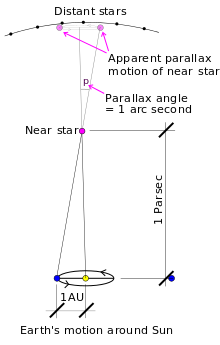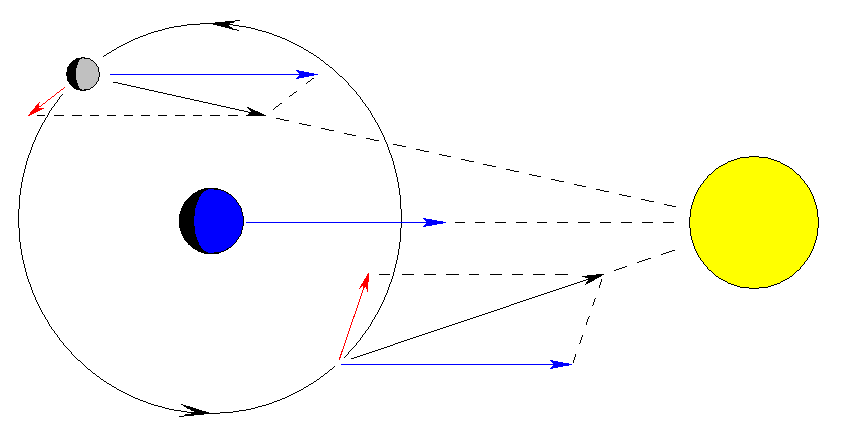Z.W. Wolf
Senior Member.
This experiment supports the null-hypothesis (earth is not moving). The experiment is faulty, of course, but I suspect anything I might say about that would be hopelessly naïve.
The most cogent comments to this video I could find:
Eric Charters2 months ago
The gyro appears to precess only. It is called apparent precession because in reality it is just orientation in a plane due to inertial forces on the gyro resisting change. The friction of the bearing in the direction of twist of the gravitationally horizontal plane or tangential plane at the surface of the earth may induce some force on the axis of the gyro, causing drift depending on the direction of turning. Foucault demonstrated the turning of the earth under his pendulum in Paris quite convincingly over a long enough time and the gyro's apparent precession were the same in rate and direction. If the gyro were actually precessing in reaction to force it would tilt in reaction to the earth's meridional twist depending on its rate of rotation. It does not do this, so it is not in fact precessing. The reason for your gyros failure to show apparent precession according to latitude is due to excess friction and insufficient inertial moment around its spin axis. It must be perfectly balanced around this axis and free to spin. It's rate of twist is given by the sine of latitude.
But again, I defer to the more knowledgeable.
stephen wallin1 month ago
On the powered Gyro you have the lead to factor in, and your maths are slightly wrong, try looking up the calculations before claiming support. It needs a much higher rotation or mass to measure the drift, Foucault based most measurements on the large pendulums, not the small Gyro. The Gyro we used in experiments was two foot diameter and 100 pounds weight and agreed with the drift expected for a London position. Your point about the horizon is true for both a curve and a flat earth.(think about it) The experiments you state have never been repeated, have been, millions of times and all show the expected drift. I do not want to demean the Gyro you are using, but that is not a type which will show any drift due to the friction and due to drag. Ours was in a vacuum, and had special pin point bearings, compared the rotating mass, very low friction. Gyros are a mine field to understand so many forces are involved it is only recently they are all fully understood.
Last edited by a moderator:


